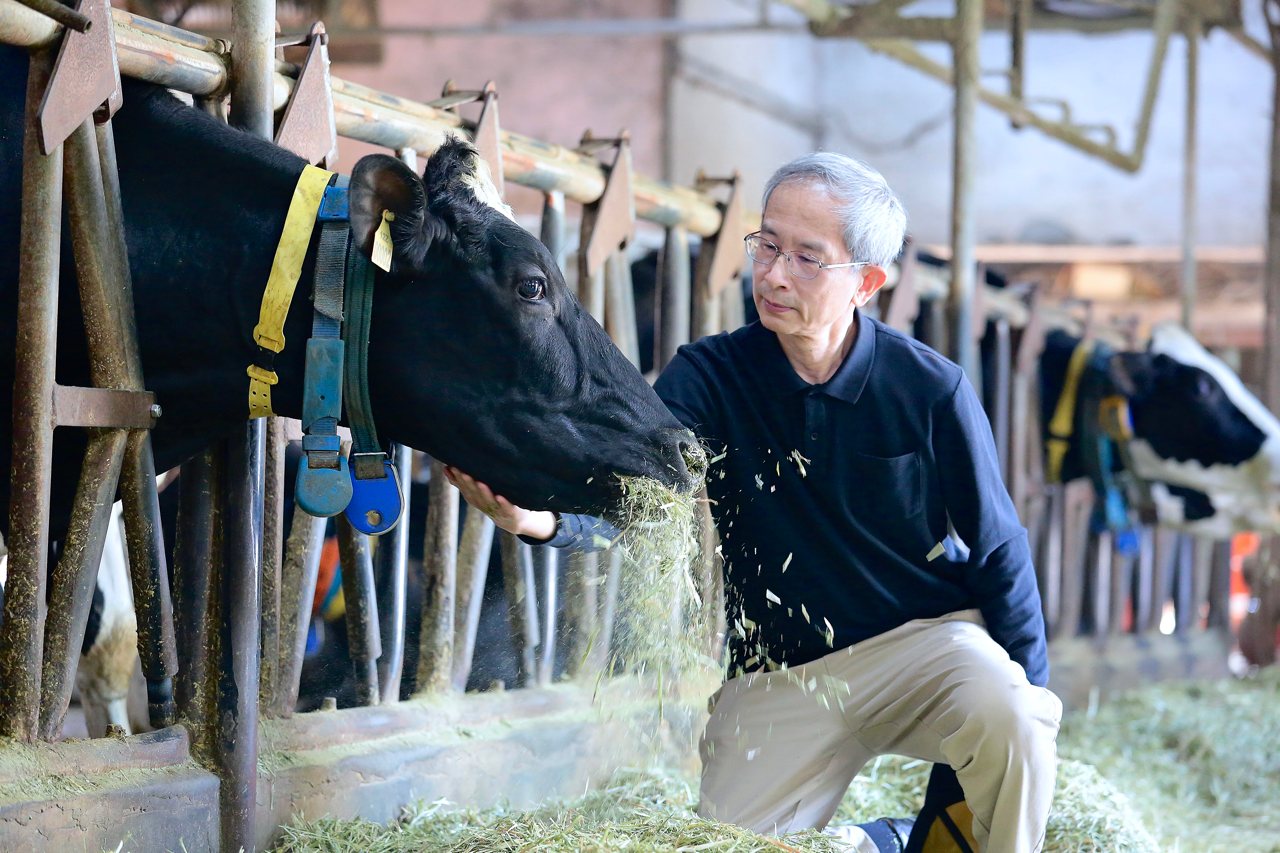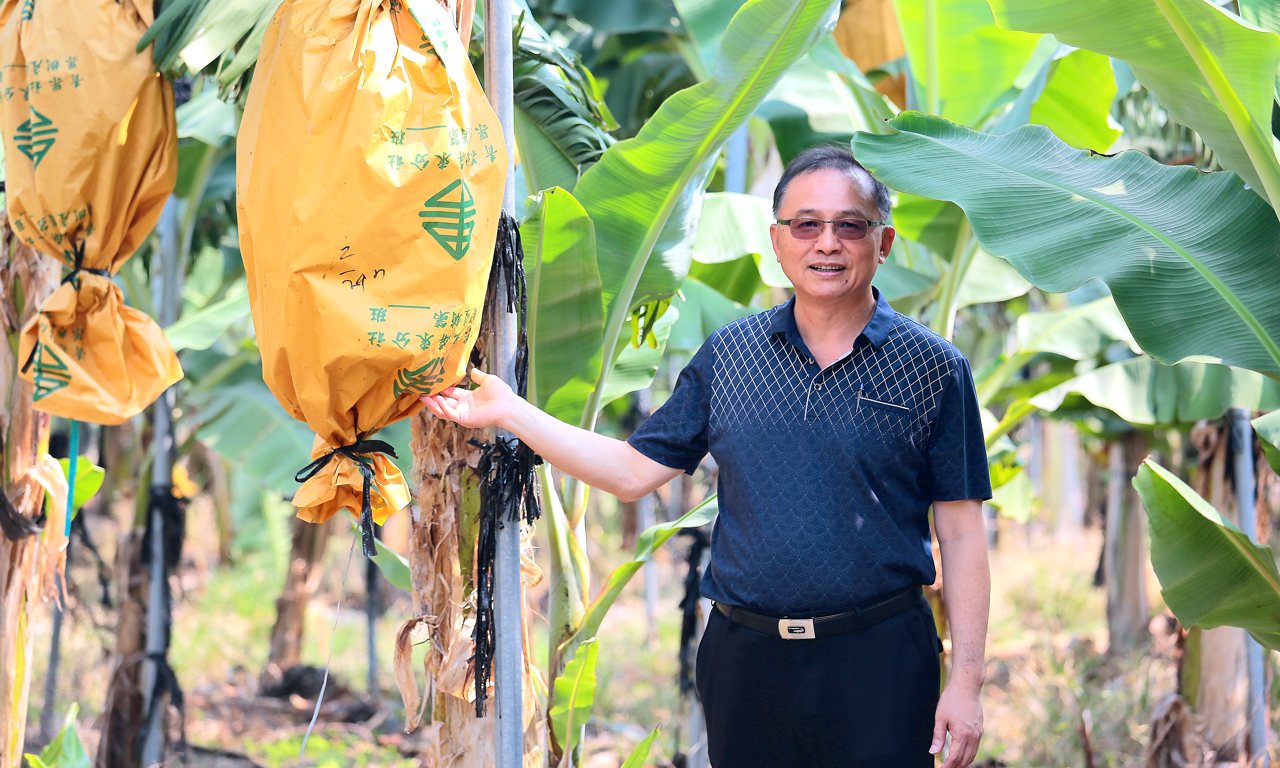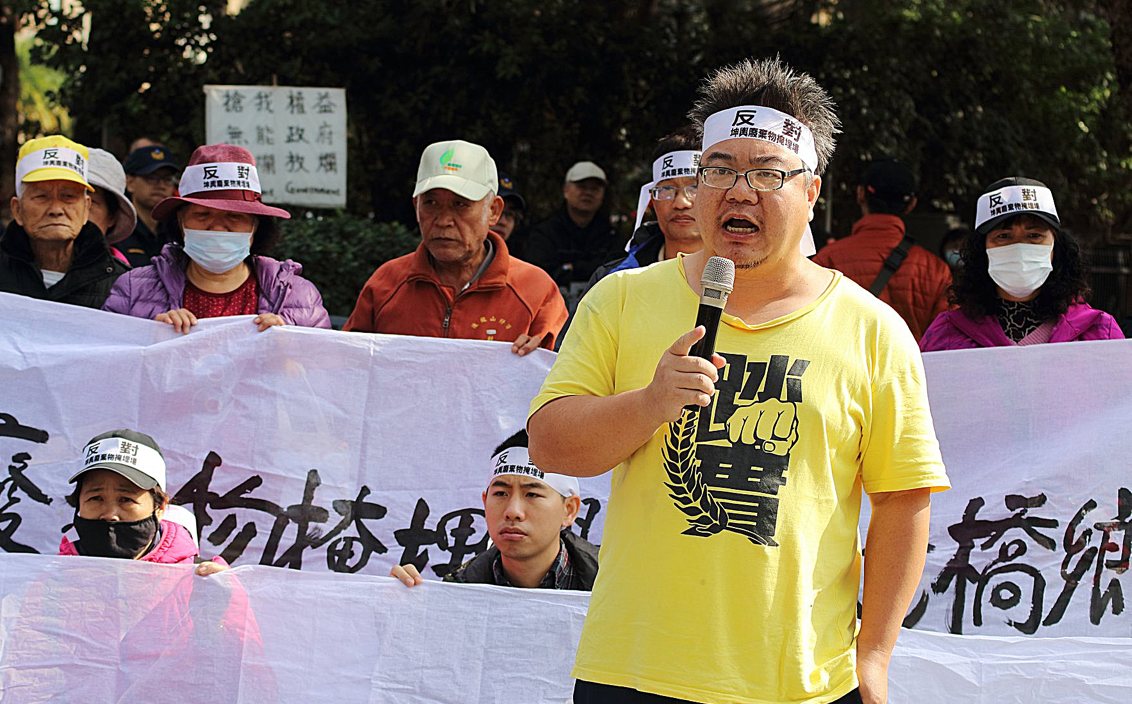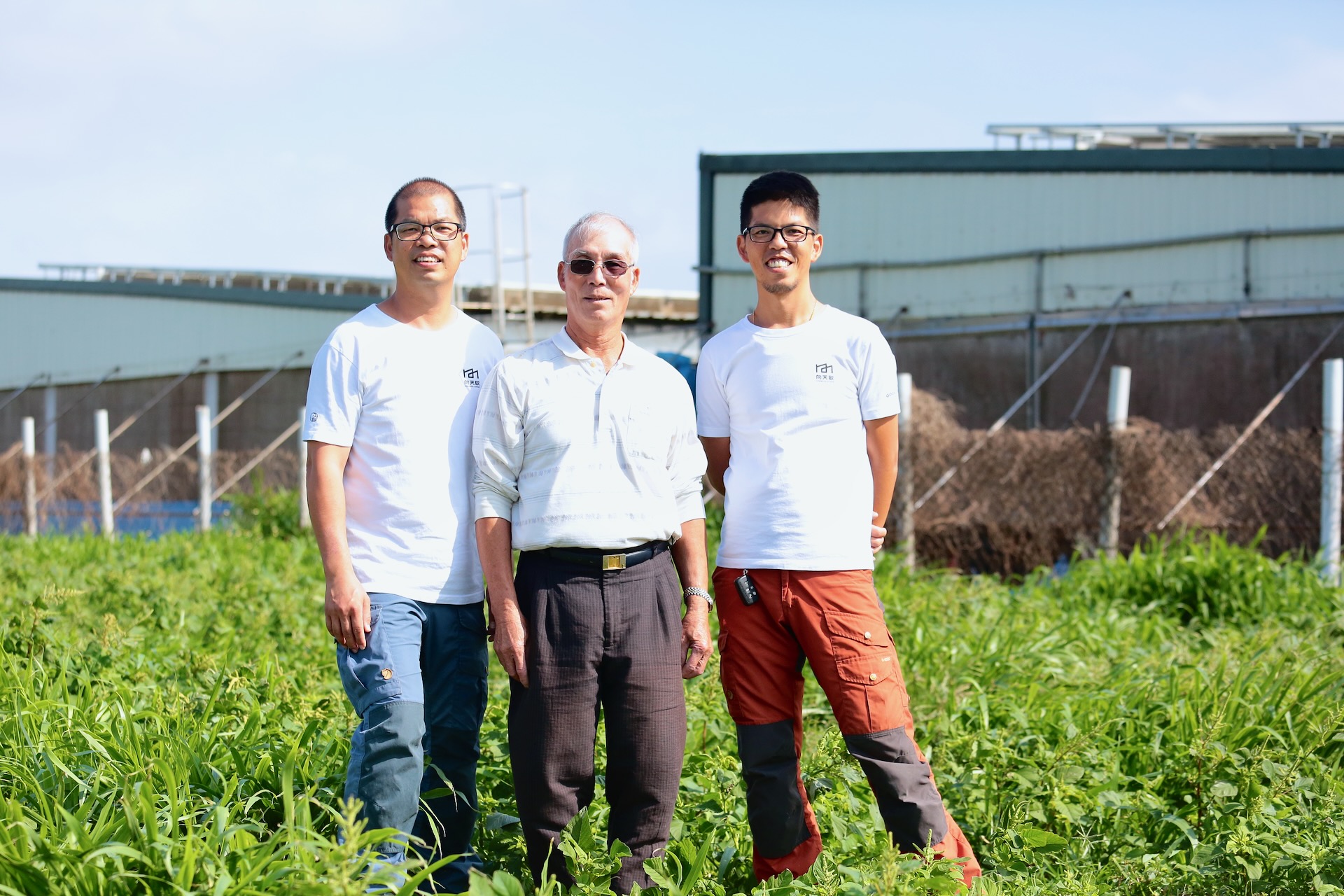(本文有中、英版本,作者在德國就學,為將台灣情形介紹給西方世界,英文版本置先,中文放後,還請見諒)
Historical background
The US Army conducted series of attacks after “Attack on Pearl Harbor” on December 7th, 1941. Every colony in the western Pacific became targets of the US Army. Taiwan, as an important colony, was under focusing attacks on quartermaster harbors, hydropower stations, railroads, and motorways, and supplies, baggage and administrative, military offices or headquarters.
Importance
The air-raid-shelter was located behind the Zhushan Town Hall, on the right side of the Office of Experimental Forest, College of Agriculture, Taihoku Imperial University (NTU now), and was right behind the Police Building. Along the Taiwan Strait, the US Army invaded Taiwan form Jhuoshuei River and destroyed the Xiluo Bridge, railway in Jiji, and hydropower station in Sun Moon Lake after 1944. Zhushan was on the chain of bombing. As soon as the tornado siren (tsuí-luî and tiān-luî in Taiwanese) alarmed, the employees of Zhushan Town Hall as well as Japanese soldiers and civilians living in the surrounding dormitories struggled to this air-raid-shelter.
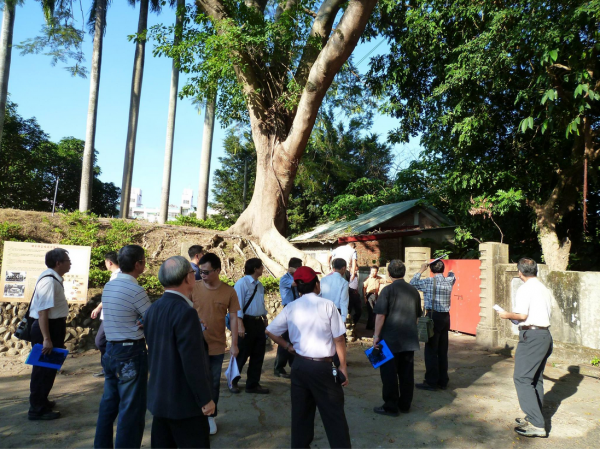
Uniqueness
There are 6 coconut trees and a flame tree on the air-raid-shelter which made it a perfect place hiding the US air force. The most special design are extra two temporarily commanding chambers with rectangular stone tables as conference tables. It could not only as a shelter but a commanding center for Japanese soldiers. Although it is not for avoiding air strikes and is idling at the corner now, the specific design out of military demand is a great teaching material. This area is also filled with children’s pleasant memories of playing “Peek-a-Boo.” Those old Japanese dormitories and dormitories for the police on duty surround the air-raid-shelter.
Unfortunately, the air-raid-shelter and old Japanese dormitories will be torn down because of a constructive plan for new police building. This air-raid-shelter is a cultural heritage can recall the memories during the war time and alert people the serious consequence of the war. When our counterparts around the world try their best to protect their culture heritages, Chu Shan Police Precinct will demolish the precious historic area instead, which presents regressive thought and ignorance to local and international trends for cultural protection.
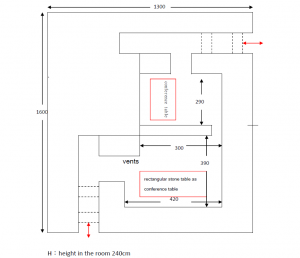
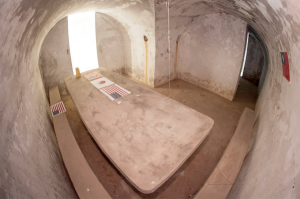
Memorial of WWII
During the Second World War, fascism stormed across the Europe, resulting in a catastrophe. Air-raid-shelters in every place successfully prevented more casualties. The one in Zhushan, Taiwan, served as a space defending bombing and the Japanese underground commanding center. People in Europe and Asia encountered military empire from totalitarianism of fascist in the Second World War. Preserving the air-raid-shelter will be a milestone in a historical lesson and the process of civilization due to the fact that it is a witness for the protection of humans’ rights in the war time.
If you agree our ideas to preserve the air-raid-shelter, the followings are what you can do:
- Calling people against the demolition of the air-raid-shelter together to Culture Affair Bureau of Nantou County to express our views.
- Submitting a plan or an idea on activating the air-raid-shelter attached to the countersigned book.
- Collecting domestic and foreign cases on joint buildings.
- One person, one letter. Sending the letters to Chu Shan Police Precinct or Culture Affair Bureau of Nantou County to express our views.
- Using multi-channel propagation on against the demolition to make more people respond to the issue on the network.
- Establishing a database of solutions by asking departments of cultural heritage conservation, History, or architecture in academic institutions.
- Translating the article into your languages and sharing it to WWII network data collection units in Japan or Europe.
- Visiting residents surrounding the air-raid-shelter and collecting oral histories.
歷史脈絡
1949年日本偷襲珍珠港造成美軍開始反攻,舉凡日軍佔領的西太平洋據點,都是美軍報復轟炸的目標。日本殖民台灣作為供應母國戰需,重要的軍需港、水電廠、鐵公路等,而補給、輜重和行政、軍事辦公或指揮部都為轟炸重點。
重要性
防空壕位於竹山郡役所後方,左邊是臺北帝國大學農學院實驗林工作站,左前方是警察局大樓。1944年後,美軍機沿台灣海峽從濁水溪口進入,先炸西螺大橋,再到集集火車鐵道、日月潭水庫電廠。竹山正位於轟炸機路線,當空襲警報的「水雷、電雷」一響起,日治時期之郡役所員工及周邊宿舍的日本軍民,大家拼命跑向防空壕。
獨特性
郡役所旁的防空洞上方,栽植椰子樹、鳳凰大樹,成為躲避美國軍機最好的遮蔽體。防空壕內最特殊設之設計,是保留兩間戰事臨時指揮中心,以長方四角石桌為會議桌,壕內既可躲轟炸亦可開戰情會,不啻為安全指揮中心。現址防空壕雖失其功能而棄置,但其風險管理設計,將可作為今日系統性的文化資產及風土教育教材。洞上長了六棵大王椰子樹,高大的鳳凰大樹,成為現在小孩玩躲貓貓的地洞。防空洞周邊是日治時期的舊宿舍,和現今警分局的執勤老宿舍。
最近,因警察局將蓋新大樓,將拆除防空壕及郡守日治宿舍區。因新大樓的建案而將此文化遺產剷除,在竹山人們將無歷史記憶的戰爭設施,無法警惕戰爭危害嚴重性。聯合國正當以保護文化遺產作為文化多樣性之際,台灣竹山拆除文化資產,正說明其思維倒退,並與時代潮流:文化救國相違。
國際戰爭史記念地
二戰歐陸為德國法西斯主義侵略,造成大災難,英美等國在諾曼地登陸(D-day)。防空壕等保全了雙方人民的生命,臺灣的竹山鎮防空壕作為防禦美軍機的轟炸,與日軍的地下指揮所。歐亞在二戰時期皆面臨軍事帝國法西斯極權主義,保存防空壕在文明進程將是個里程碑,見證戰時人權保護。
如果你認同我們保存防空壕的理念,以下是你可以做的:
- 號召反對防空壕拆除的民眾,一起到文化局表達意見。
- 提出一份活化防空壕的計畫或構思,附於連署書。
- 搜集國、內外建築共構案例。
- 一人一信,寄至竹山鎮警察分局或南投縣政府文化局,表達反對拆除意見。
- 多管道傳播拆除消息,讓更多人在網路上響應。
- 向國內各大專院院歷史系、建築系、文化資產系請益,建立解決方案資料庫。
- 將文章轉譯為日文,或其他語言,分享至日本網絡及歐美二戰軍車收藏單位。
- 訪問防空壕週邊住民,採集口述歷史。
